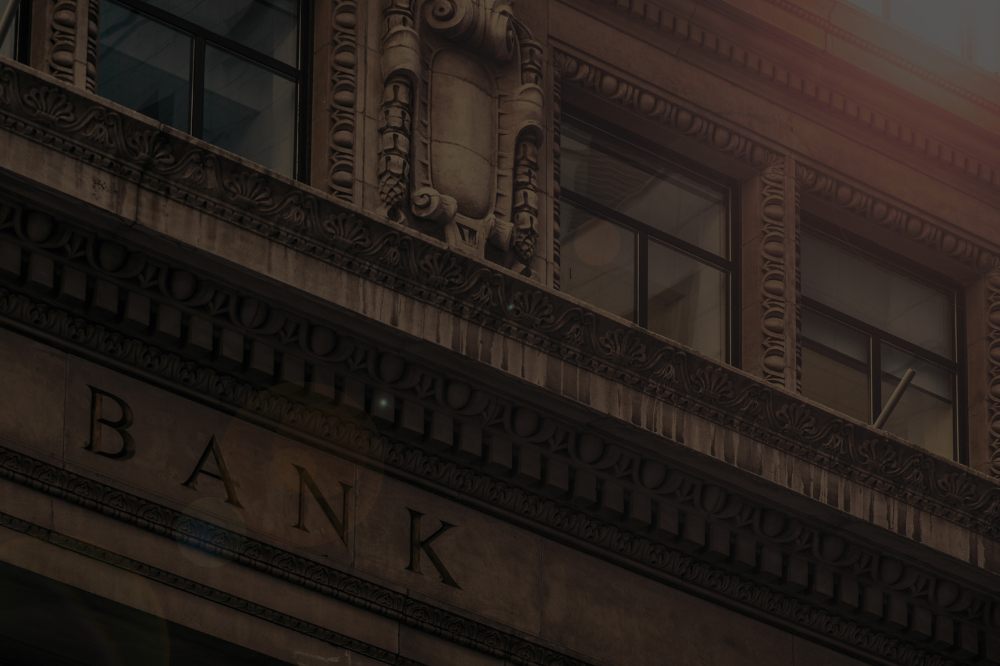Do you know what happens when a bank fails? Find out the reasons behind it and how to protect your money!
In today’s world, where we rely heavily on banks for our financial needs, the thought of a bank failure can be unsettling. But what exactly happens when a bank fails? Do you lose your hard-earned money?
Well, that’s what we are going to talk about! Find out why banks fail, exploring the reasons behind it, the consequences, and most importantly, how to protect your deposits. Also, if you want to check out more financial tips on our website, you can click on this link!
Why Do Banks Fail?
A bank failure occurs when a financial institution can no longer meet its financial obligations to its creditors and depositors. This typically happens when a bank has more debts (money owed) than assets (money and holdings) on hand. Several factors can contribute to failure:
- Bad Loans: when a bank lends money to borrowers who are unable to repay their debts, these bad loans become a burden on the bank’s finances. A significant number of bad loans can erode the bank’s capital and lead to insolvency;
- Economic Downturns: economic recessions can cause a rise in loan defaults as businesses and individuals struggle to make repayments. This can put a strain on a bank’s resources and lead to instability;
- Fraud and Risk Management Issues: poor internal controls and risky investments can expose a bank to financial losses. If these issues are not addressed promptly, they can snowball into bigger problems and ultimately contribute to a bank failure;
- Liquidity Crisis: in simpler terms, this means a bank doesn’t have enough readily available cash to meet its short-term obligations. This can happen if depositors start withdrawing their money en masse, known as a bank run.
Examples of Bank Failure
Since the FDIC started operation in 1934, bank failures are much less common today than in the past, but they still occur. In April 10 of 2023, the FDIC revealed a list of failed banks, which stated that there were 565 failed banks since 2000. Here are a few historical examples:
- Washington Mutual (2008): during the 2008 financial crisis, Washington Mutual, the largest savings and loan association in the U.S. at that time, failed due to a combination of bad loans and the housing market collapse. The FDIC facilitated a takeover by JPMorgan Chase, ensuring minimal disruption for depositors.
- IndyMac Bank (2008): Another casualty of the 2008 crisis, IndyMac Bank was heavily involved in subprime mortgages, which contributed to its downfall. The FDIC brokered a sale to a consortium of investors, minimizing depositor losses;
- Silicon Valley Bank (2023): this bank, heavily focused on the tech industry, experienced a bank run due to concerns about its investment portfolio. The FDIC took control and facilitated its acquisition by First Republic Bank;
- Signature Bank (2023): With a significant focus on cryptocurrency-related businesses, Signature Bank faced liquidity issues and was closed by regulators. The FDIC took control and facilitated its acquisition by JPMorgan Chase.
What Happens When a Bank Fails?
When it occurs, the government steps in to protect depositors and maintain financial stability. In the United States, the Federal Deposit Insurance Corporation (FDIC) plays a crucial role in this process. Here’s what typically unfolds:
- Closure and Takeover: the FDIC, or a state regulatory agency in the case of state-chartered banks, will officially close the failing bank. The FDIC will then try to find another healthy bank to acquire the failed bank’s assets (loans, deposits, etc.) and liabilities (debts);
- Deposit Insurance: if a healthy bank takes over the failed institution, your accounts will likely be transferred seamlessly to the new bank. Importantly, most deposit accounts in the U.S. are insured by the FDIC for up to $250,000 per depositor, per insured bank, per ownership category (single, joint, etc.). This means that even if a bank fails, your insured deposits are guaranteed to be returned to you within a few business days;
- Payout by the FDIC: if a takeover isn’t possible, the FDIC will directly distribute the insured portion of your deposits via check. It’s important to note that any amount exceeding the FDIC insurance limit may or may not be recovered, depending on the bank’s remaining assets.
Do You Lose Any Money If Your Bank Closes?
As long as your account is protected by FDIC and the deposit fall within the insured limit ($250,000 per depositor, per insured bank, per ownership category), you’re protected and you won’t lose any money if your bank closes. However, if your account isn’t supported by FDIC insurance and surpasses the insured limit, you will lose money. Here are some tips to minimize the impact of a bank failure:
- Spread Your Deposits: avoid keeping all your money in one bank. Consider spreading your deposits across several FDIC-insured banks to maximize your insurance coverage;
- Monitor Your Accounts: stay informed about your bank’s financial health. While bank failures are uncommon, it’s always good practice to monitor your bank’s performance through news reports or financial publications;
- Know Your Insurance Limits: familiarize yourself with the FDIC insurance coverage limits and how they apply to your various accounts. This will help you plan your deposit strategy accordingly;
- Consider Credit Unions: credit unions are member-owned cooperatives that offer many of the same services as banks, and they are often insured by the National Credit Union Administration (NCUA), which provides similar protection to FDIC insurance.
What Types of Accounts Are Insured by FDIC?
- Checking;
- Savings;
- Certificates of deposit (CDs);
- Money Markets;
- Negotiable Order of Withdrawal (NOW);
- Cashier’s Checks, Money Orders, or Any Bank-Issued Check.

